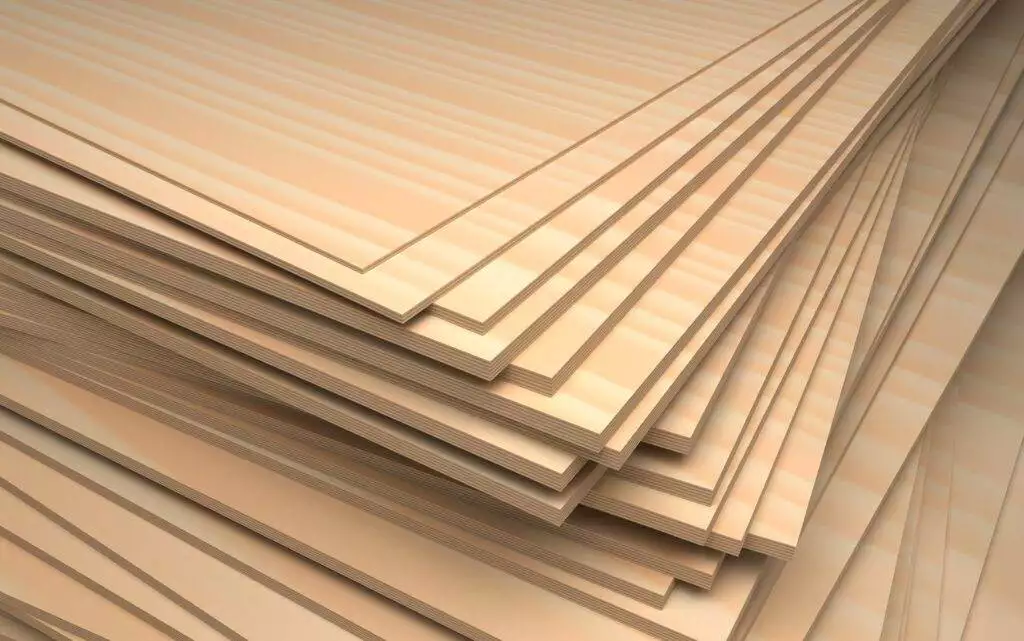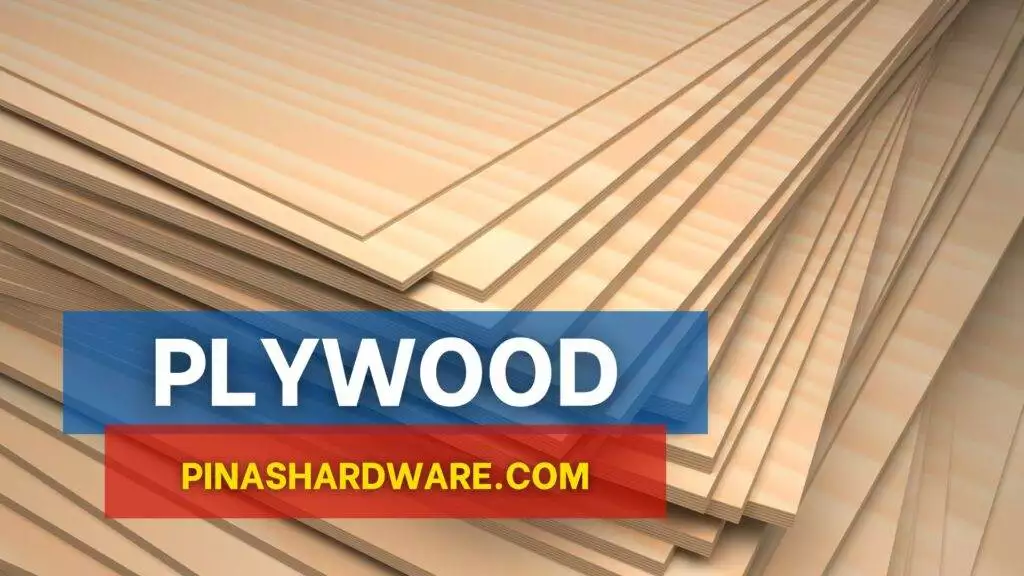Plywood is a construction material composed of thin layers of wood veneer bonded together with the use of adhesives under heat and pressure and then arranged in a cross-grain pattern. Its strength, stability, versatility, and ease of workability make it an indispensable material in many applications like furniture making, cabinetry, packaging, marine applications, decorative panels, and DIY projects.
Plywood Prices
Plywood prices vary depending on the type and size of the plywood. On average, they can cost around ₱435.00 to ₱1,374.00 per piece.
| Details | Unit | Size | Price |
| Marine Plywood | pc | 1/4″ x 4′ x 8′ | ₱435.00 |
| Marine Plywood | pc | 1/2″ x 4′ x 8′ | ₱790.00 |
| Marine Plywood | pc | 3/4″ x 4′ x 8′ | ₱1,374.00 |
| Ordinary Plywood | pc | 1/4″ x 4′ x 8′ | ₱381.00 |
| Ordinary Plywood | pc | 1/2″ x 4′ x 8′ | ₱674.00 |
| Ordinary Plywood | pc | 3/4″ x 4′ x 8′ | ₱1,112.00 |

Advantages of Plywood
Strength and Durability – Plywood is known for its strength and durability which makes it perfect for structural applications where load-bearing capacity is essential.
Dimensional Stability – Plywood is less susceptible to warping, shrinking, and expanding when you compare it to solid wood, making it perfect for applications where dimensional stability is critical.
Versatility – Due to the different thicknesses, grades, and sizes of plywood, there is a wide range of applications where they can be very useful, ranging from construction to furniture making.
Uniformity – Plywood panels have a uniform and consistent appearance, with fewer imperfections compared to solid wood, which is why they are perfect for applications that need smooth and even surfaces.
Cost-Effectiveness – Plywood is more cost-effective when you compare it to solid wood materials, especially for large-scale projects due to its engineered construction and efficient use of wood resources.
Availability – Plywood is widely available from various manufacturers and suppliers, making it easily accessible for different applications like construction, manufacturing, and DIY projects.
Disadvantages of Plywood
Moisture Sensitivity – Even though there is a type of plywood that’s moisture-resistant, standard plywood is very susceptible to damages that are caused by prolonged exposure to moisture. This can cause the plywood warping, delamination, and even decay.
Fire Resistance – Standard plywoods aren’t naturally resistant to fires and can even contribute to the spread of flames in the event of a fire.
Surface Quality – While plywood panels have a uniform appearance, the quality of the surface veneers can vary depending on the grade and manufacturing process. Lower-grade plywood has visible knots, patches, and imperfections that can affect the aesthetics of a project.
Video about Plywood
FAQs
What is the purpose of plywood?
The use of plywood is most prominent in structural applications as this material can naturally withstand huge amounts of stress and heavy exposure to different weather conditions.
Which type of plywood is best?
The most common problem with plywood is decay caused by moisture, which is why the best type of plywood is the MR Grade Plywood or Moisture-Resistant Plywood.
What wood is plywood mostly made from?
Plywood materials can be made from different varieties of softwoods such as cedar, pine, or redwood, however, the most commonly used is Douglas fir.
What is plywood used for?
Plywood can be used in a wide range of applications, ideally construction. Common applications include floors, roofs, walls, and fencing.
Where do people use plywood?
Plywood is commonly used for flooring, but it is also frequently utilized in roofing and fencing applications.

